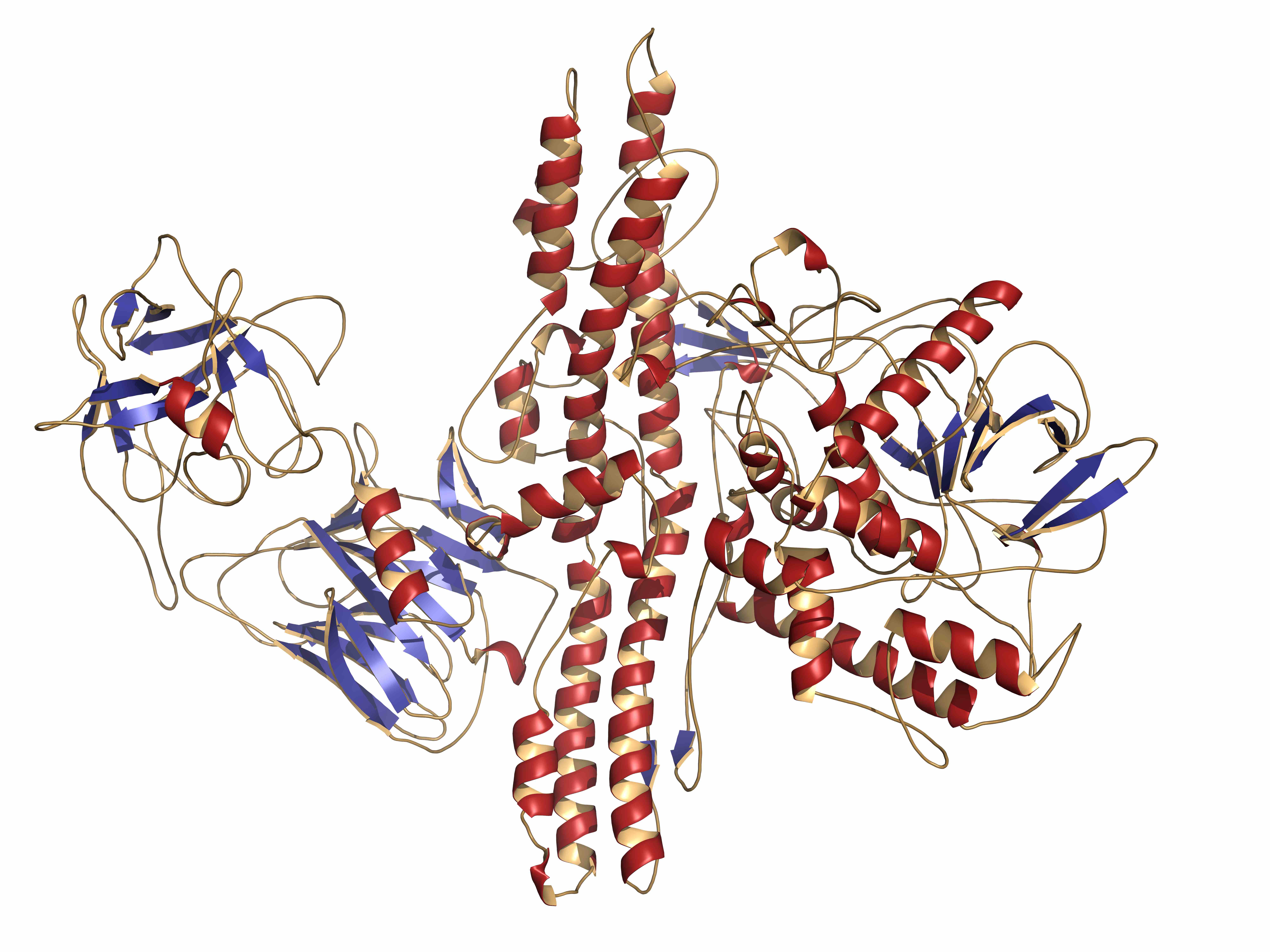Botox can spread from injection site to other places, study finds
 A new study – Interneuronal Transfer and Distal Action of Tetanus Toxin and Botulinum Neurotoxins A and D in Central Neurons – published in Cell Reports lends support to the theory that botulinum toxins can move from areas they are initially used to other sites in the body. Concern spiked over the potential for Botox injections to seep into other areas when the FDA put a warning label on prescriptions back in 2009. The agency warned that the toxin might be able to spread to other sites and “produce symptoms consistent with botulism,” including severe muscle weakness. Now, scientists have shown in a petri dish that the toxins do, in fact, have the ability to spread from nerve cells at the injection site to others that weren’t initially exposed to the toxin.
A new study – Interneuronal Transfer and Distal Action of Tetanus Toxin and Botulinum Neurotoxins A and D in Central Neurons – published in Cell Reports lends support to the theory that botulinum toxins can move from areas they are initially used to other sites in the body. Concern spiked over the potential for Botox injections to seep into other areas when the FDA put a warning label on prescriptions back in 2009. The agency warned that the toxin might be able to spread to other sites and “produce symptoms consistent with botulism,” including severe muscle weakness. Now, scientists have shown in a petri dish that the toxins do, in fact, have the ability to spread from nerve cells at the injection site to others that weren’t initially exposed to the toxin.
Commenting on the study, Allergan, the makers of Botox®, said, "As the global market leader for toxin development Allergan supports ongoing research on toxins. The experiment carried out by Ewa Bomba-Warczak and colleagues reviewed several toxins with different modes of action which were applied to mouse neurons, and not humans, in a laboratory dish. In addition, the authors state that the concentration of toxin used was approximately 1,000 times higher than what would be applied in a real clinical setting or study. Therefore, the artificial setup of this experiment makes it very difficult to draw accurate conclusions that are relevant to how botulinum toxins would be used in real-life clinical situations.
"As with any medication, treatment with Botox® and other botulinum toxins can be associated with adverse events. These are usually temporary in nature and often include injection site effects or temporary muscle weakness. Local muscle weakness represents the expected pharmacological action of botulinum toxin in muscle tissue. However, weakness of adjacent muscles and/or muscles remote from the site of injection has been reported. The product labelling for all botulinum toxin products as well as the patient information leaflets already include information about the possible distant spread of toxin. This means that the physician community is trained and alerted to the rare possibility of this effect and patients are consented about the risks as well as benefits of the treatment prior to being injected."
https://www.cell.com/cell-reports/fulltext/S2211-1247(16)30927-5

